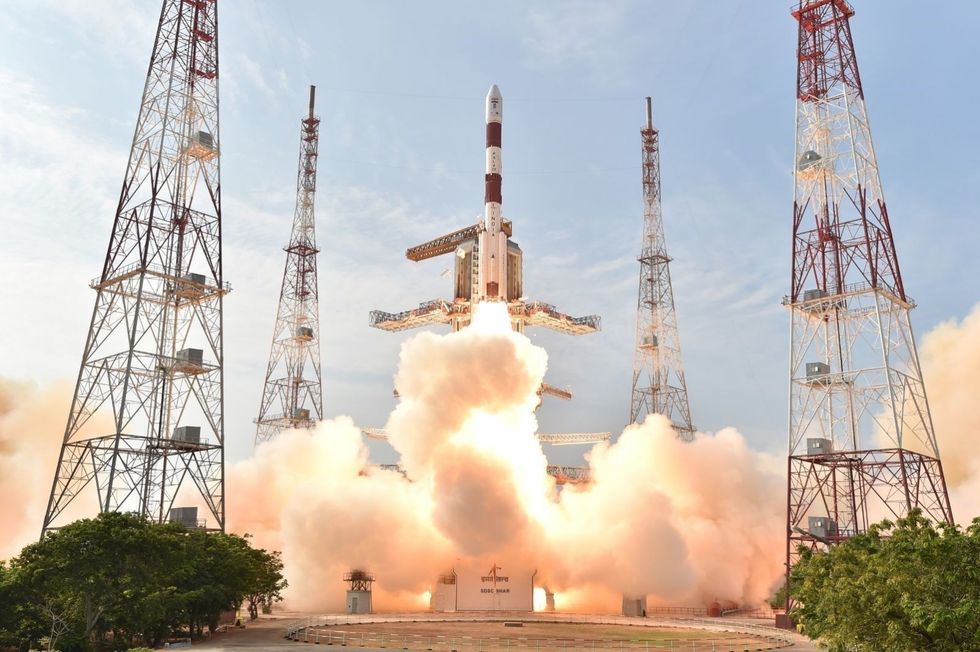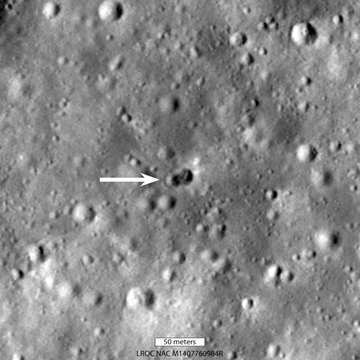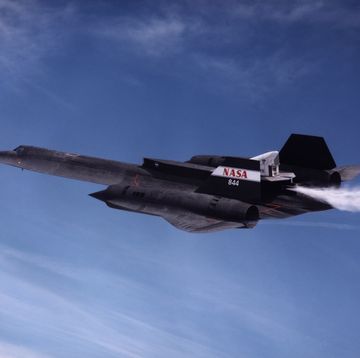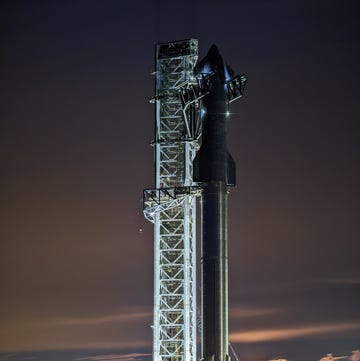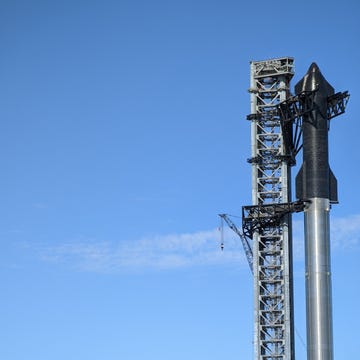The Indian Space Research Organization (ISRO) is gunning for a historic achievement next month, planning to place a record 104 satellites into orbit in one launch. If successful, the launch would usurp the current record of 37 satellites launched on a Russian rocket in 2014.
India's Polar Satellite Launch Vehicle (PSLV) will carry three Indian satellites and 101 nano satellites from five international partners—the U.S., Netherlands, Israel, Switzerland, and Kazakhstan. The total payload for all 104 satellites is roughly 3,000 pounds (1,360 kilograms).
"We are not doing this launch to create any sort of record but to utilize the excess capacity available on the PSLV," ISRO mission director B. Jayakumar told TheWall Street Journal.
The PSLV, or Polar Satellite Launch Vehicle, is internationally recognized as one of the most reliable and cost-effective rockets in modern spaceflight. In 38 launches, the PSLV has only had one failure and one partial failure, both within its first four launches. Since 1997, ISRO has fired off 34 successive PSLV rockets without a hitch, including India's first interplanetary mission that put a spacecraft into orbit around Mars in 2014.
The PSLV's 39th mission will blast off from the Satish Dhawan Space Center in the southern India around February 15. The primary payload is ISRO's Cartosat 2D observation satellite, the fifth satellite in the Cartosat-2 constellation used for cartography and Earth imaging.
The true test, however, will be the successful deployment of all 104 satellites, an engineering challenge that requires specialized hardware and release strategies. The three larger satellites that belong to India will be deployed first "axially along the vehicle," and 81 of the nanosats will follow, released in a radial direction away from the vehicle. Once the first 81 nanosats are clear, the final 20 will be released.
ISRO has experience sticking satellites beyond our atmosphere, having already put 122 satellites into orbit. Here's hoping that India can almost double that number in one go.
Source: The Wall Street Journal

Jay Bennett is the associate editor of PopularMechanics.com. He has also written for Smithsonian, Popular Science and Outside Magazine.
